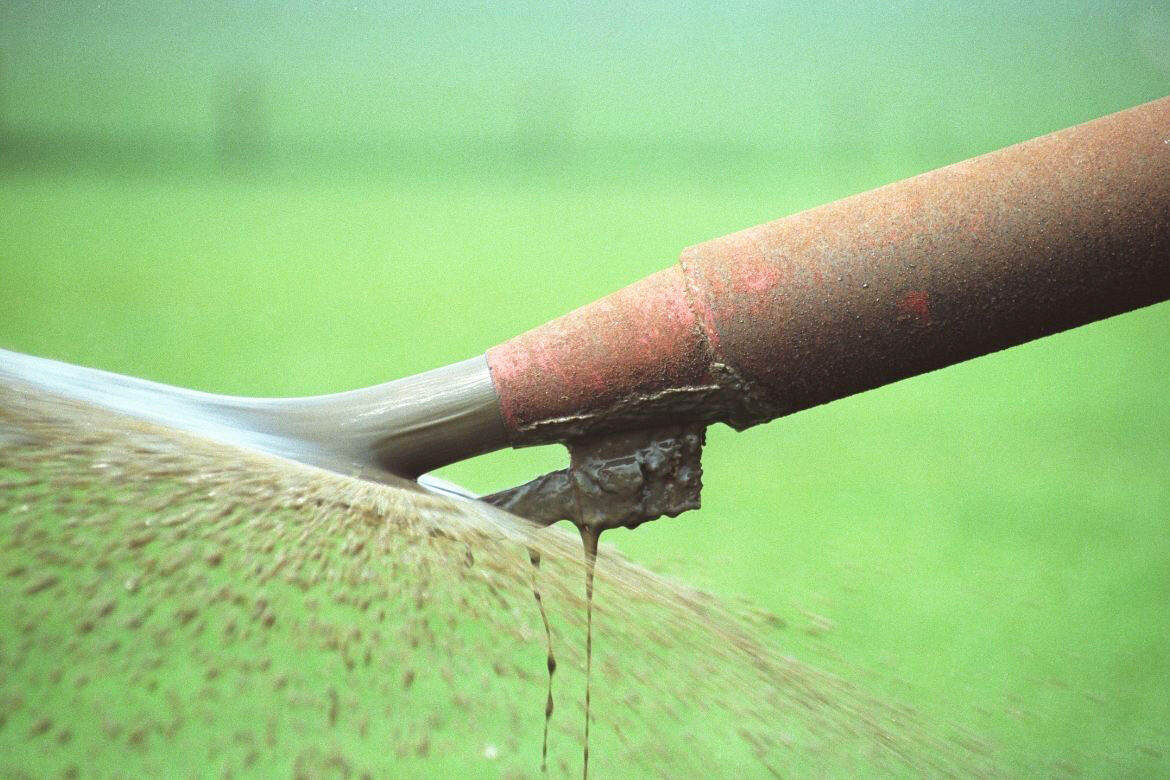The heightened importance of slurry is bringing methods of application into sharp focus. Teagasc’s Mark Plunkett said that slurry had become a very valuable product due to chemical nitrogen prices going up threefold last year.
The soil and plant nutrition specialist advised that slurry will be a vital source of on-farm nutrients this spring, as farmers bid to cushion the effect of soaring chemical fertiliser prices. “If someone spent €10,000 on fertiliser in 2021, that same fertiliser could cost €27,000 in 2022,” he said.
Plunkett added that the increasing use of less technology would bring benefits both in terms of managing fertiliser costs and meeting environmental targets. “A lot of research has gone into ‘less’. This is a proven technology – it works and it delivers.”
He also focused on the importance of timing in getting the most out of the slurry.
“To maximise the nitrogen, it is very important that it is applied at the right time of the year and that farmers delay application, if necessary, until conditions are right. Soil temperatures must be above 5.5⁰C, field conditions must be good, there must be a good weekly forecast and good grass growth rates.”
Spreading slurry in the spring rather than the summer also had the potential to recover another 3 units of N per 1,000 gal. “Slurry applied with a splash plate in the summer would provide only 3 units per 1,000gal,” he explained.
By moving timing and method, farmers can get an extra 6 units of N/1,000gal,” he said. The nutrient value of slurry can be quite variable and is driven by the amount of water in it.
Factors such as whether the tank is covered, if parlour washings are entering the tank, and if there is water running off the yard, all have a major impact on the amount of nutrients in the slurry.
“We strongly recommend that farmers test their slurry. You can send a sample to the lab and it costs between €50-80.”
In terms of soil analysis, with P and K jointly accounting for 80pc of the nutrients in cattle slurry, Plunkett stressed that it is important to have a plan for where the slurry is going to go.
LSL News.

